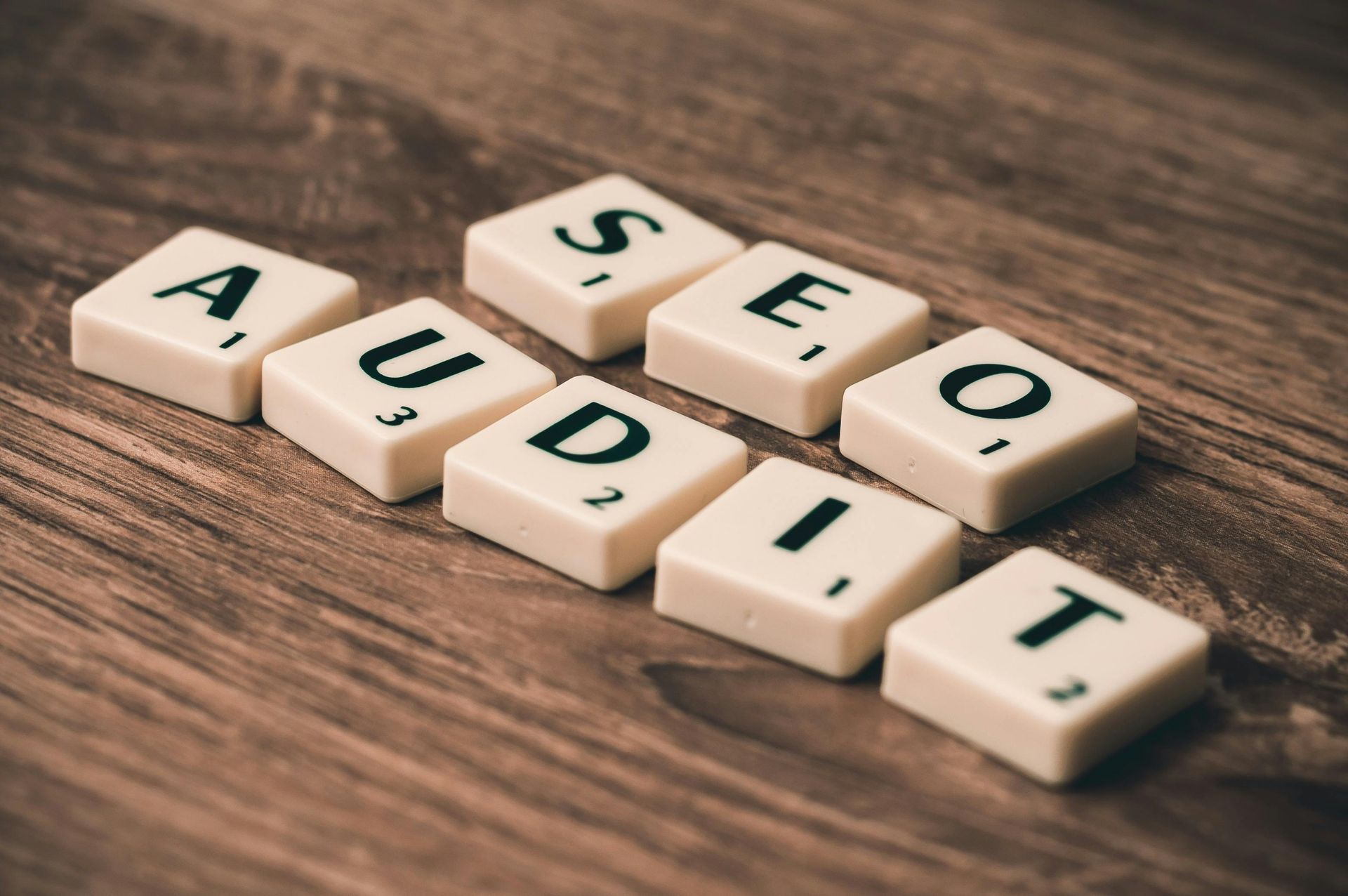Getting the right message to the right people at the right time
Find out all about segmenting and filtering to get the most out of your business.
All being well, you will get lots of visitors to your website. Some of them will be first-timers, some of them will be regular customers and many will be somewhere in between.
If your business is a complex one with a large range of products or services, those products and services are going to appeal to a diverse range of people, with a diverse range of interests.
The reality is that all of your products might be fantastic, but they’re not all going to appeal to every visitor to your website. Far from it. So if you value those visitors, especially your regular customers, you need to make sure you are giving them the messages they want to see.
If you don’t segment your audience, you run the risk of annoying some valued customers with your automated messages. But get it right, and you can give them a message that is helpful and relevant every time.
Audience analytics
You probably already use Google Analytics to look at trends and page views, but it doesn’t give you all the information you need to analyse your audience as individuals.
Instead, you need audience analytics tools, which help you understand more about the people who visit your website. These tools go beyond basic information on page views and give more detail information on users, including what individual users actually do on your site. What products are they looking at? Do they spend time watching your videos? Where are they in the world?
Audience analytics tools help you find your active users and create helpful criteria to segment your audience based on their behaviour while they are on your site.
A good audience analytics tool will:
- Segment users based on their actions
- Track visitors in real time, allowing you to create triggers for immediate actions eg special offers on products they are interested in
- Create a unique profile for each user
- Provide website analytics that allow you to monitor wider trends, as well as tracking individual behaviour
To segment your visitors, you need to apply filters. The two main types of filter are properties and events. Properties are something that the user has done eg downloaded three videos. An event is a specific action that was taken, so you can react to it in a timely way eg a video was downloaded a week ago.
So there can be properties and events for the same action – if a visitor has downloaded a video, that’s an event, but it is also a property because that visitor now has one video downloaded logged in the data hub of your analytics tool.
Don’t forget that the tools won’t be able to analyse your anonymous visitors, apart from in terms of basic trends on page views etc.
To automate campaigns to reach the right people, visitors will need to have opted in to your email list, for example by making a purchase, signing up as a newsletter subscriber or signing up for a free trial.
Filters for B2B businesses
As a business to business (B2B) company, you are targeting busy people who definitely don’t have the time to see the wrong message at the wrong time. So protect those valuable contracts and send the right marketing messages by using some helpful filters.
- Location – you might only serve customers in a certain area of the country, or you might be promoting an event in a particular city, so you need to make sure all of the companies in the right location get your updates.
- Filter, filter and filter again – you might have had businesses from all over the world download your white paper, but you only sell in the UK and to the construction industry. So filter out the wrong locations and the wrong industries and target the companies which are left.
- Time on your site and page views – often making a B2B purchase is a big decision, particularly if it involves getting into a long-term contractual arrangement. But you can tell which of your prospects are serious from the amount of time they have spent on your site (possibly over several weeks or months) and the number of pages they have viewed. Follow up with these valuable leads with an email or LiveChat pop-up to see if you can help them in any way.
- Holding email – if a business gets in touch, you have the potential to make a valuable sale or even pick up a new contract, so it’s important that you make contact as soon as possible. If you can’t reply personally on the same day, send a holding email, with some useful FAQs, and confirmation of when you will be in touch for a proper conversation.
- Where did it come from? – Your leads will come from a range of sources, including partner businesses or social media. So use a filter to tailor your message to make it relevant for a particular type of referral.
Filters for ecommerce businesses
A tool like GoSquared has built-in filters for ecommerce sites, or you can create your own custom filters. Some of the best filters are:
- Added to basket, but not completed a transaction – if a user has added an item to their basket, but not completed a transaction, you could offer some additional help, such as a special offer on that item or an additional item, or a reminder about your free return policy or free deliveries.
- Continue shopping, but not completed a transaction – if the user has added several items to their basket, but still not completed the transaction, trigger an enticing offer to persuade them to take that final step.
- Abandoned checkout – if a visitor has abandoned the checkout process part of the way through, send them an email reminding them to complete their transaction and offering help to make the transaction go smoothly. You don’t just have to do this straightaway, you could follow it up again a week or even two weeks later.
- Last seen – if you haven’t seen a visitor for a while, you could send them an email after a month, six months or a year to remind them. When they come back, you could offer them a ‘welcome back’ deal using a pop-up on your site.
- Top customers – it’s important not just to reward reluctant customers, you need to reward your top customers too. Use your analytics to identify customers who have bought several times from you and send them special offers, free gifts or samples to celebrate their fifth, 10th or 25th purchase.
- Long-standing customer – if a customer has been with you since the early days, they deserve recognition. So email them with special offers to celebrate their loyalty and ensure it continues into the future.
Filters for digital publishers
From bloggers to online news sites, publishers of ebooks and Instagram influencers, as digital publishers, you need readers to keep going back to your sites. There are a few filters you can use to help your audience to connect.
- Last seen – if it’s been a while since someone visited, you can email them with some of your latest trending stories to get them back to your site and reading.
- Visitor or fan? – identifying how many visits a person has made to your site will help you separate infrequent readers from fans. Someone who is a regular reader, but not a paying subscriber, would be the perfect person to offer an upgrade to.
- Increased engagement – if you have subscribers with low levels of engagement (particularly if they are paid subscribers), you need filters to identify them, so you can target them and get them back on board. Low engagement means they’re not seeing your adverts and they might choose to end their paid subscriptions.
Filters for SaaS businesses
Software as a Service (SaaS) companies which are also B2B companies will be able to benefit from the filters suggested for B2B companies. But there are some other useful ones which are unique to SaaS businesses.
- Viewed pricing page – visitors who have viewed your pricing page (especially multiple times) are most likely to buy your SaaS product. Once you know who they are, you can trigger a pop-up, offer a call to answer any queries or send an email with further information on your pricing structure.
- Requested a demo – a visitor who has requested a demo is definitely interested in your products, so you need a filter which will help you stay in touch to schedule some essential one-to-one time with them. This filter can also be used to send a video demo to enhance your message.
- Signed up and ready to go – once a visitor has signed up, you need to stay in touch to keep them on board. Segment your message based on the type of plan they’re using (individual or for the whole business?) and when they signed up, to make sure the information you send them is relevant every time.
Get it right and audience analytics can be a really powerful tool for your business, whatever industry you are operating in. Audience analytics can be so effective that it can be tempting to apply all of the filters, but you risk overcomplicating matters.
Follow this guide to help you find a tool that really works for you in analysing your visitors, segmenting your audience and ultimately getting the right message to them at the right time.
More Posts.








